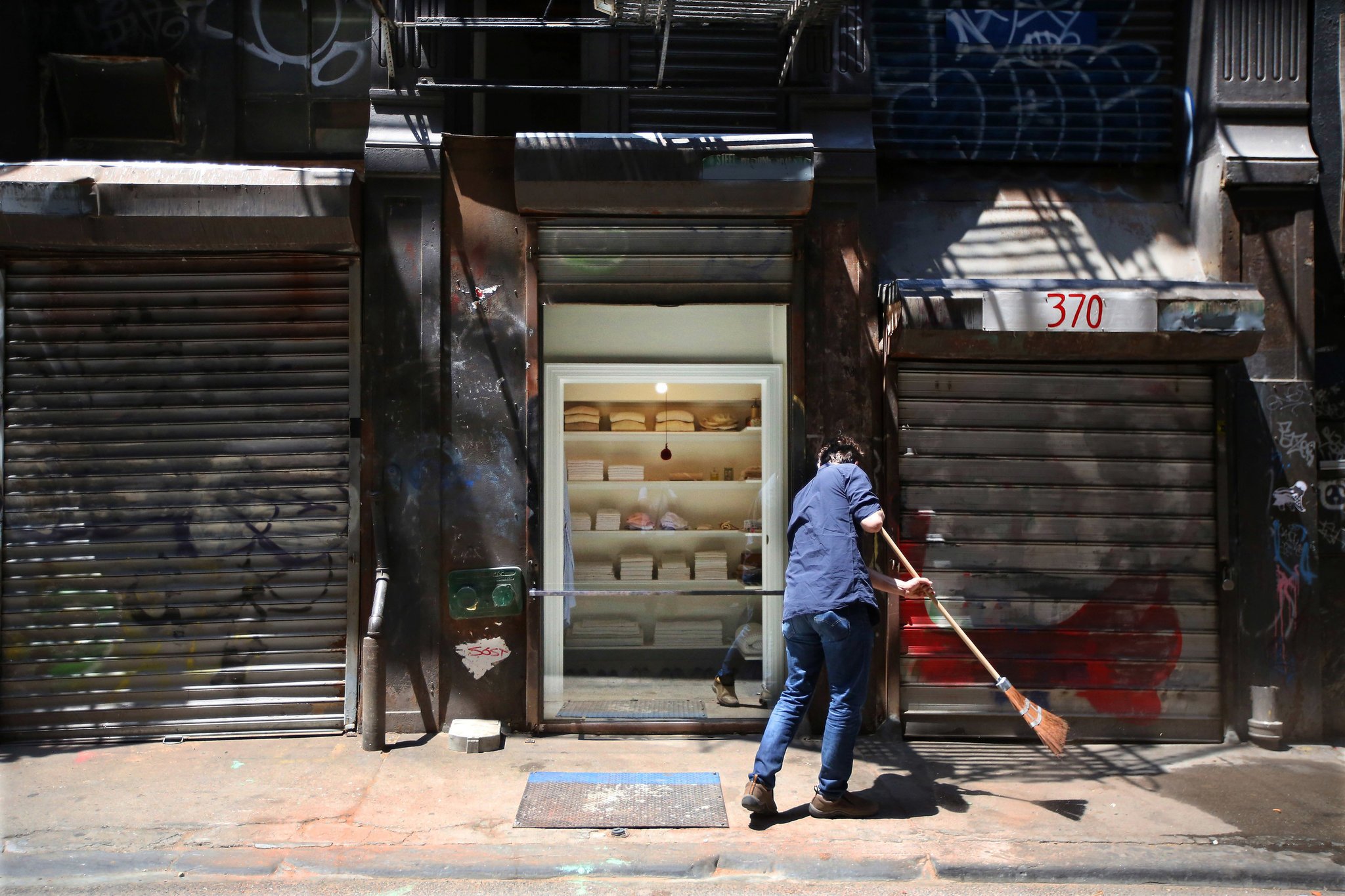If you are tired of spending all day in the large, old museums in Paris (France) or Florence (Italy), art lovers can visit the miniature museums, which can be visited in less than a day. The museums below are not only very small in scale, but also display unique artifacts.
MICRO (San Francisco)
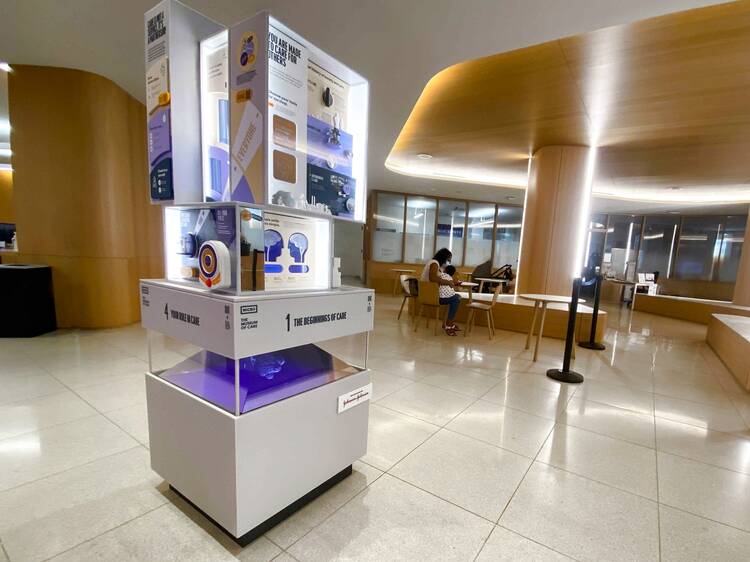
Micro Museum in San Francisco.
Most mini museums have in common the small scale of the exhibition, the narrow exhibition space and often focus on a single theme. The MICRO Museum itself reflects its small size. This museum is essentially an exhibition project with modestly sized galleries located in various locations in the city of San Francisco. The interiors of the exhibition rooms are meticulously crafted and full of artistic inspiration. The diverse exhibition themes include mollusks, the science of perpetual motion and the politics of social welfare.
Museum (New York)

The museum displays objects familiar to modern people.
Mmuseumm is a modern natural history museum. It displays artifacts familiar to people in modern society. Visitors will find everyday objects from a device that orders fries to records of the last text messages people received from their loved ones. Time Out commented that this is a strange and touching collection, close to the current life of each person.
Warley (UK)
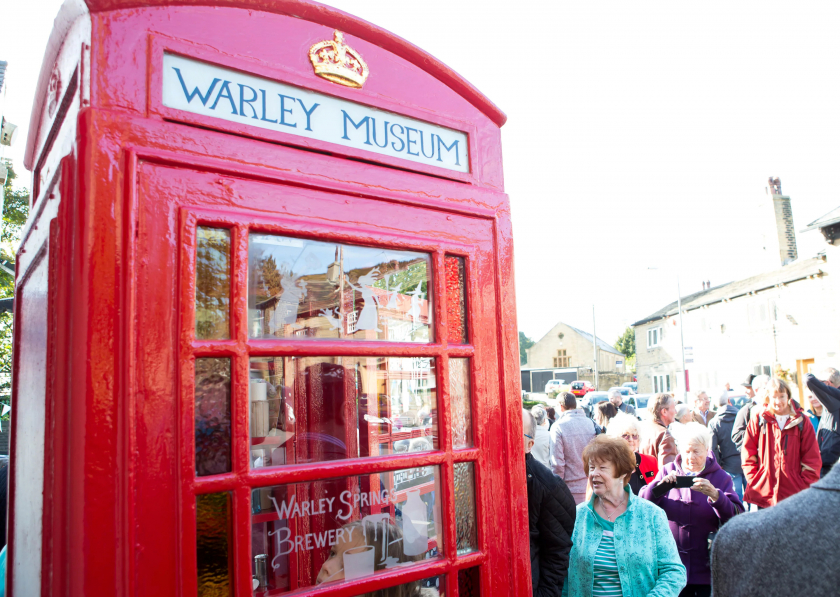
The world's smallest museum inside a phone booth.
Warley is a small village in West Yorkshire, England. It is not a prominent destination on the tourist map, but it attracts visitors because of a miniature museum. Here, historical artifacts of Warley village are displayed, placed in a traditional red British telephone box. This miniature museum is located next to a local pub, providing many interesting tourist experiences for visitors.
Ethno (North Macedonia)

The museum only accepts one person at a time.
The Ethno Museum houses mostly Macedonian objects from the late 19th and early 20th centuries. The museum is unique in that it only accepts one visitor at a time. In addition to traditional Macedonian objects, visitors can find ceramic artifacts that date back more than five millennia. However, there is little information to dig deeper into these artifacts.
William Burke (Edinburgh)
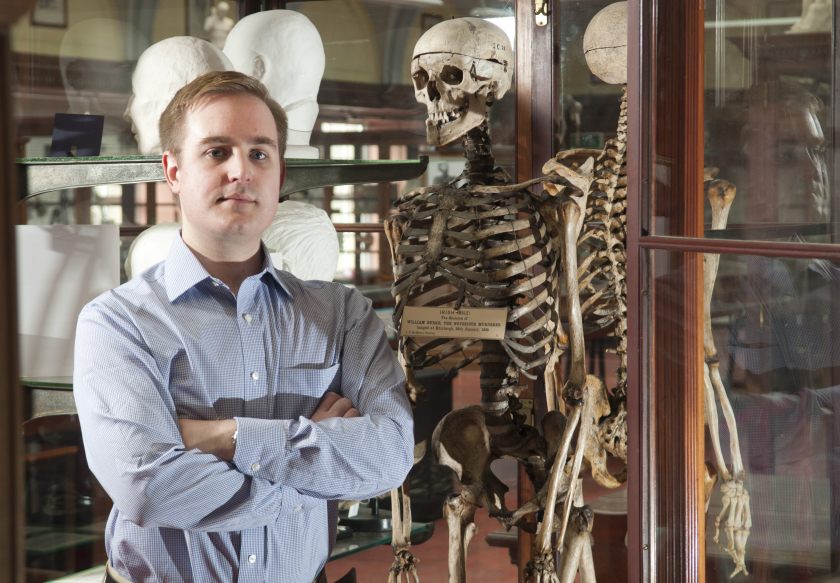
The museum displays the skin of murderer William Burke.
The only item on display in this museum is a leather card holder that belonged to the notorious Edinburgh murderer William Burke. He sold the bodies of his victims to a university professor and was executed shortly thereafter. This macabre relic is a testament to a dark part of Edinburgh's history.
Faraday (London)
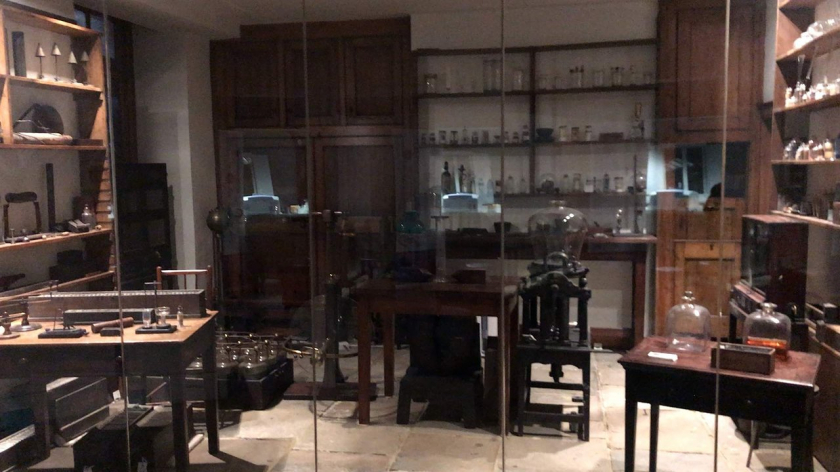
The museum displays Faraday artifacts.
This museum is actually a warehouse, located on a luxury dock in London (UK), near where physicist Michael Faraday worked for more than 30 years. Entering the museum, visitors will have the opportunity to explore Faraday's workspace with walls covered with historical documents, technical drawings and even a fishing gear. This is where visitors will have the opportunity to learn about the process of Michael Faraday discovering electromagnetism. The museum space is small, peaceful, completely opposite to the bustling atmosphere of London outside.





